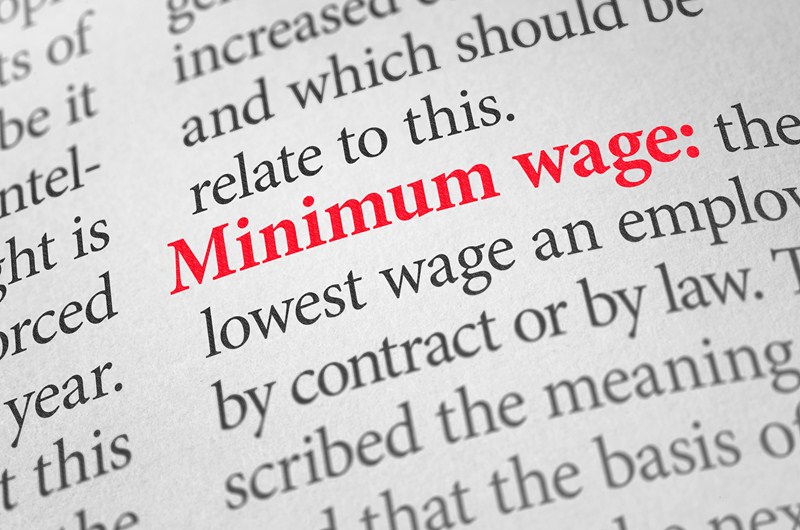When accountants or other interested parties refer to business profits, they are likely to mean the difference between sales and costs, and more concisely, that sales exceed costs.
However, the word “profits” can prove to be a moveable feast as HMRC, banks and traders will likely have a different interpretation.
For example, do costs include:
- intangible overheads like depreciation;
- the write-off of goodwill; or
- taxation.
The distinctions can prove to be important especially if comparisons are being made between business profit centres or different businesses.
Company accounts display sales, costs, intangible write-offs and Corporation Tax charges, but any dividends taken by directors as part of their remuneration package – most directors of small companies take low salaries and high dividends to save NIC costs – are not deducted as a cost in the Profit & Loss account. And so reported profits after tax are not the complete story; any dividends taken by working directors need to be considered.
The question, what is profit, is therefore dependent for its usefulness as an indicator of a businesses’ health, only if its definition is fully appreciated.












